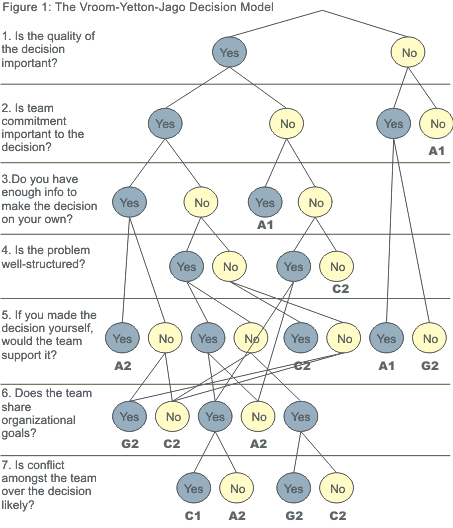In the last byte, we looked at what the meaning of each of the quadrants. In today’s byte, we look at the concept of leaders-member exchange (LMX) theory.
LMX theory recognizes that leaders may form different relationships with followers. The idea emerges from the observation that, leaders could have two groups of followers – those who are in-group and those out-group.
In-group followers are generally similar to the leader and are given greater responsibilities, mode rewards, and more attention. They are seen to be working on the leader’s inner circle of communications. Given this level of comfort, in-group members could be more satisfied, have a lower level of turn-over, and have higher organizational commitment. On the other hand, the out-group members are outside the circle, and are seen to receive less attention and fewer rewards. They are generally managed by formal rules and policies.
Employees who have frequent contact with the boss also have a better understanding of what the boss’s expectations are, and this agreement leads to better performance by the employee and reduces misunderstanding between employer and employee.
Recent research indicates that in-group members are more likely to support the values of the reorganization and tend to become models of appropriate behavior.


